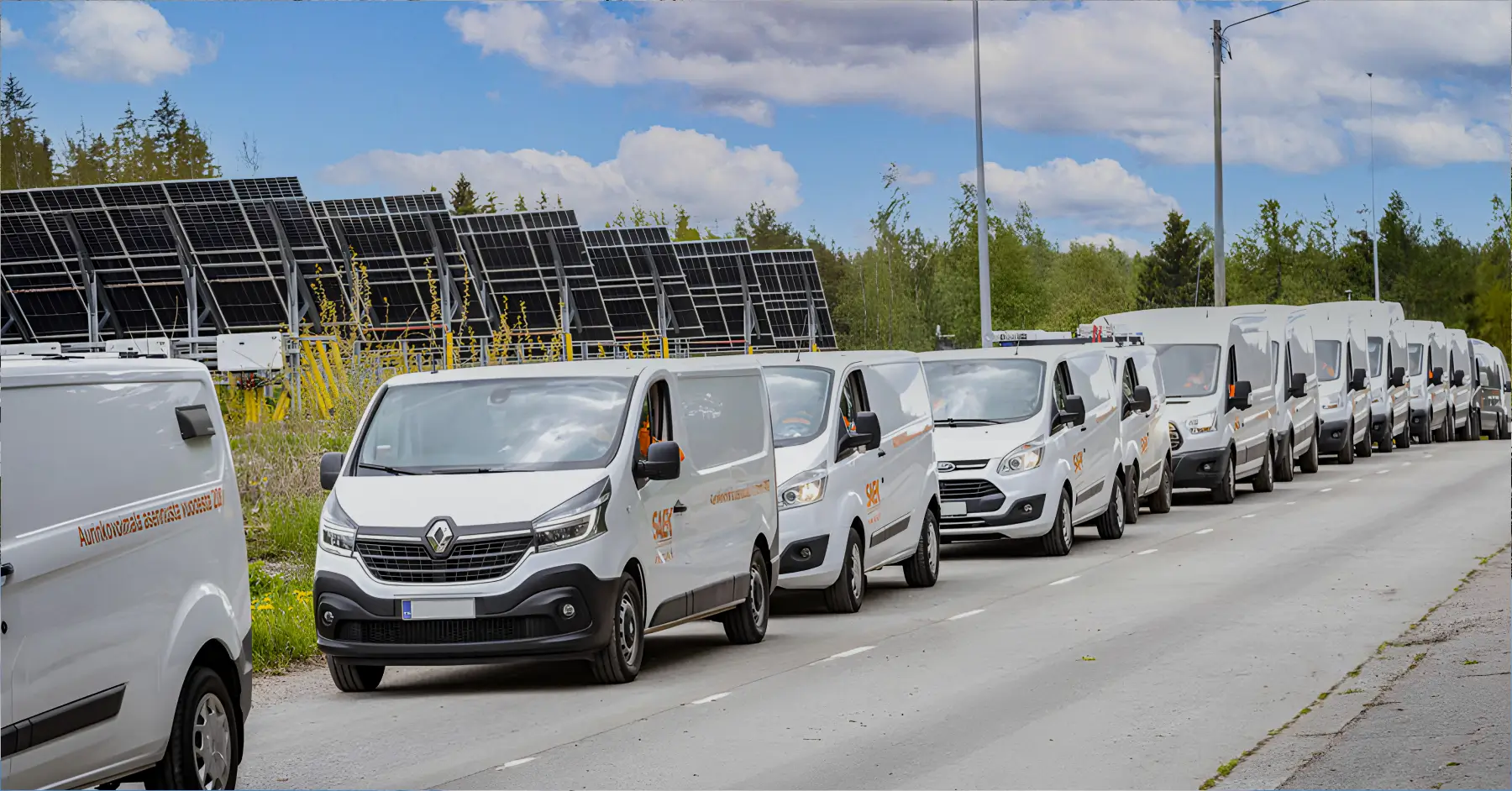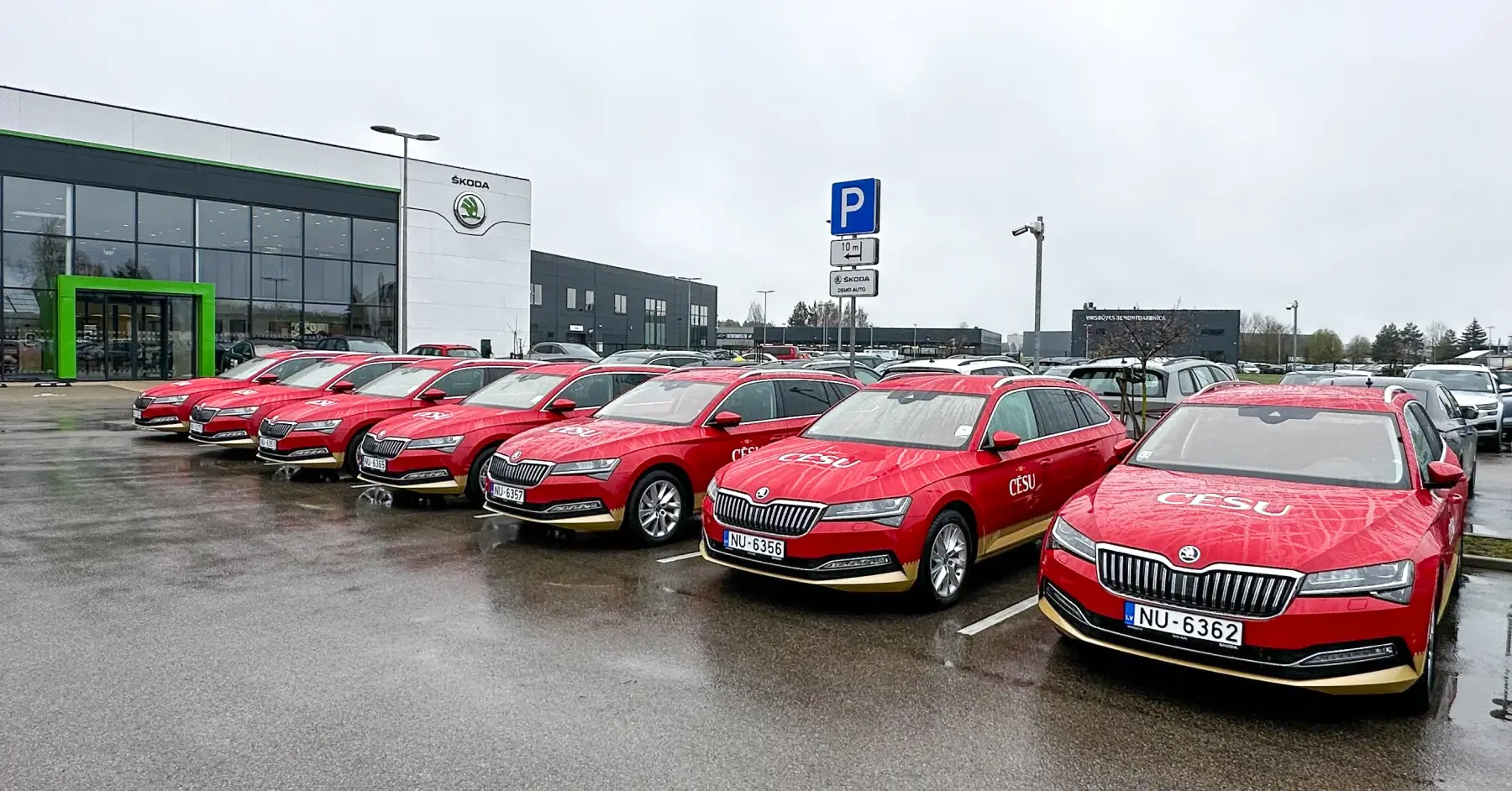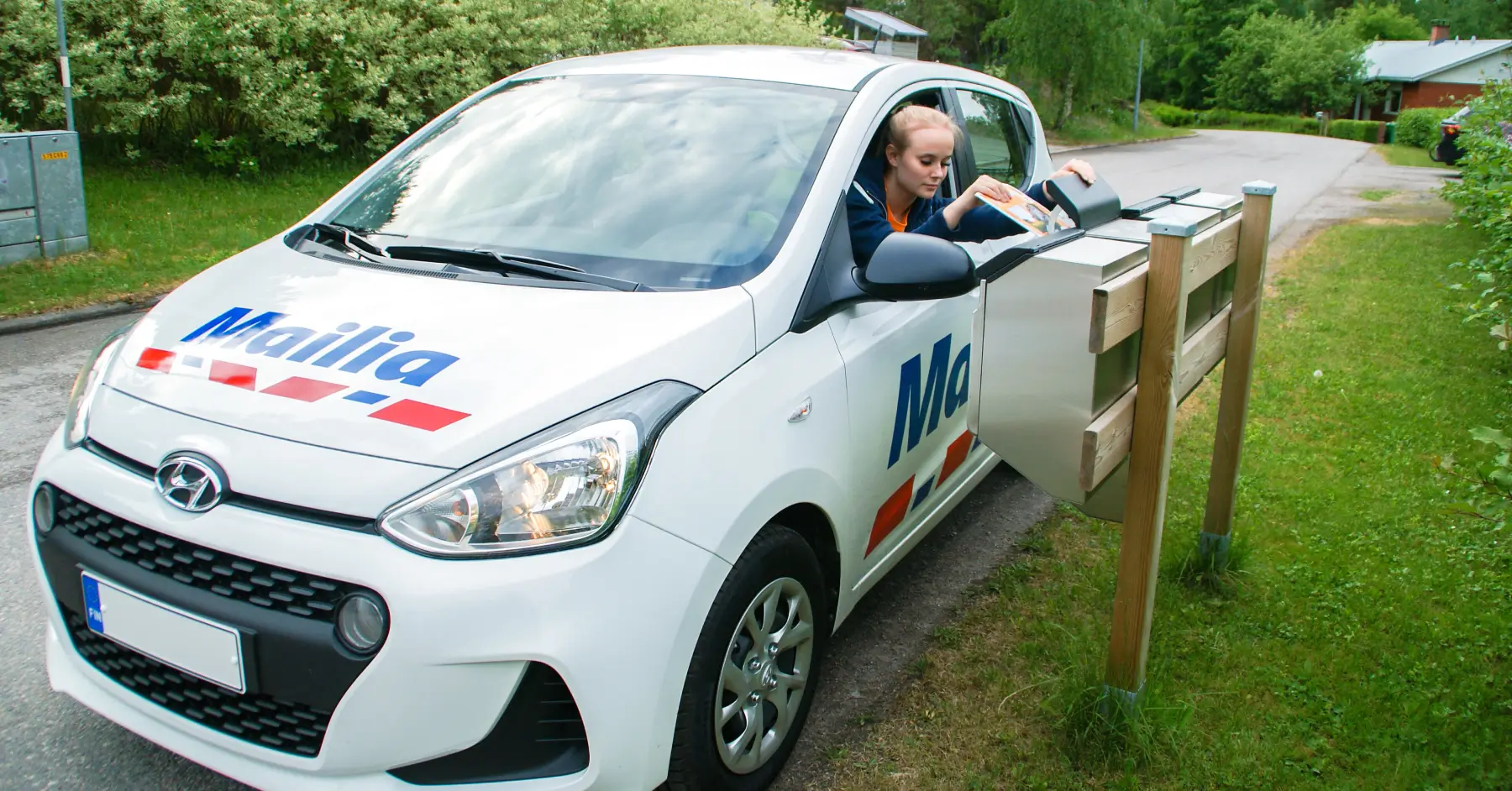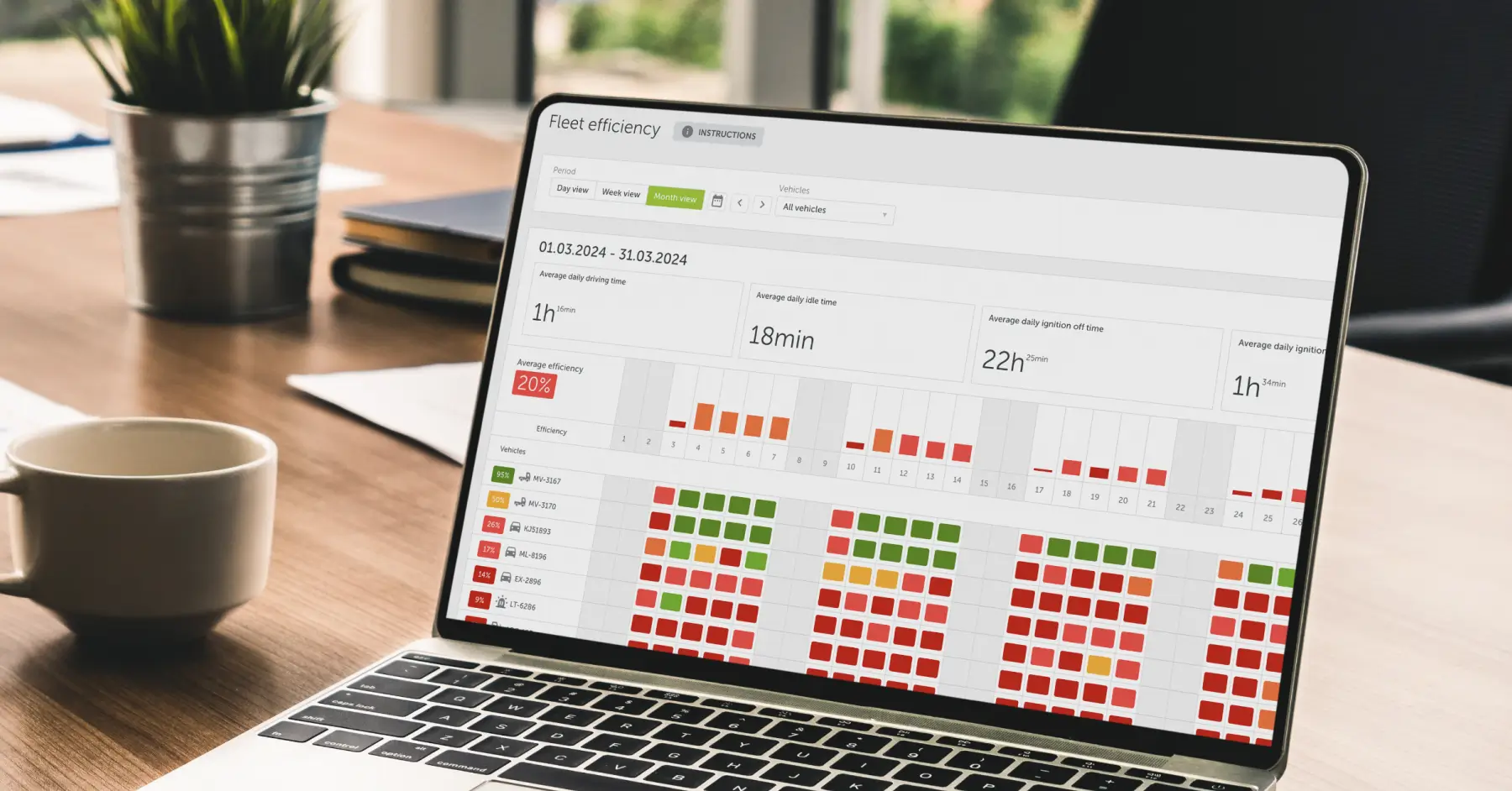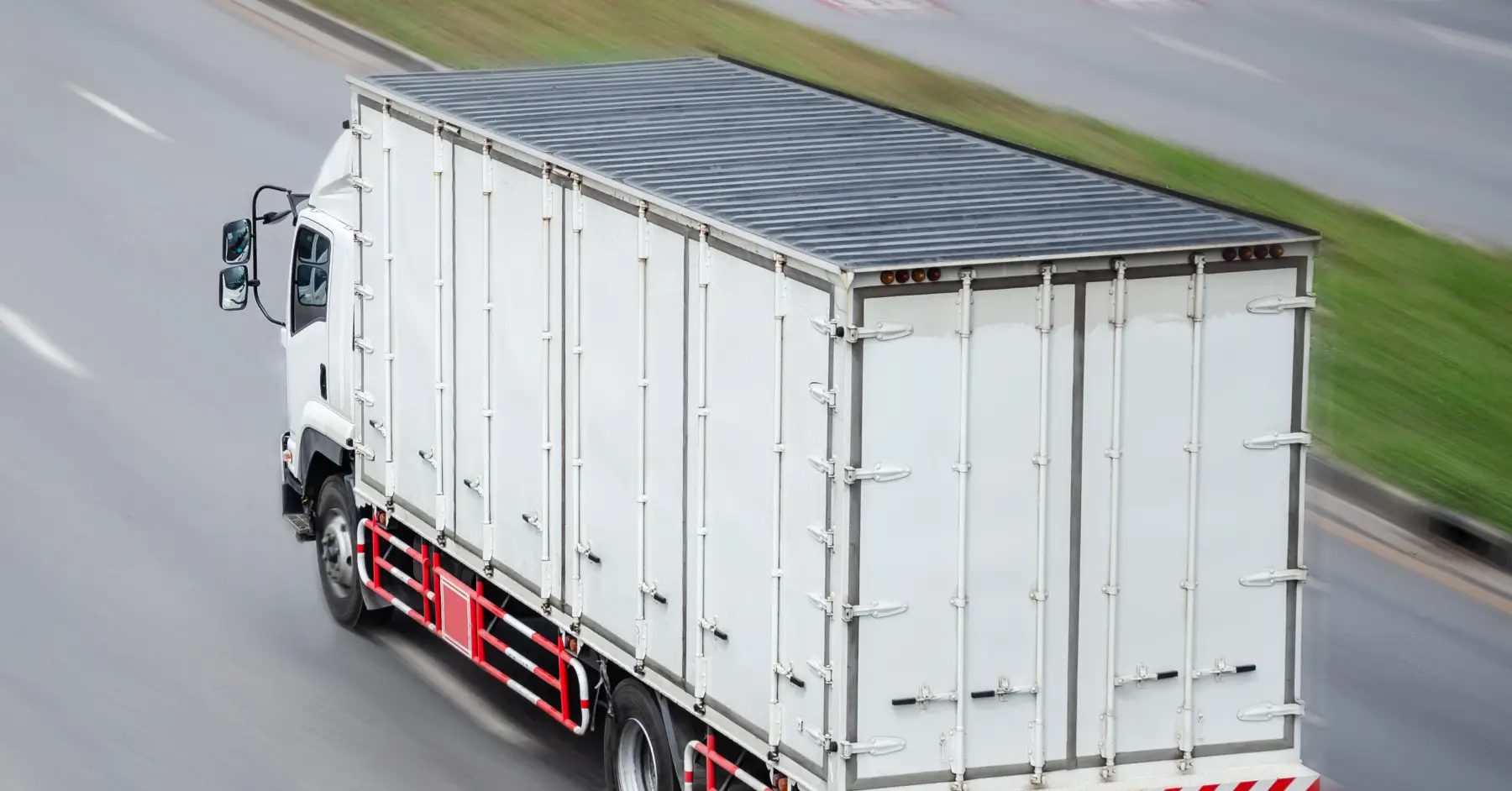Fleet management is a complex mix of vehicles, people, cargo, and data. Yet, despite all the tools available today, many companies still run their operations on outdated beliefs.
These myths don’t just cloud decision-making – they cost money, time, and sometimes even good drivers.
To clear the air, we turned to Mapon’s chief of technicians – the person who spends the most time with our clients and knows the day-to-day reality of running a fleet. Here are the three myths he faces most often, and the truths behind them.
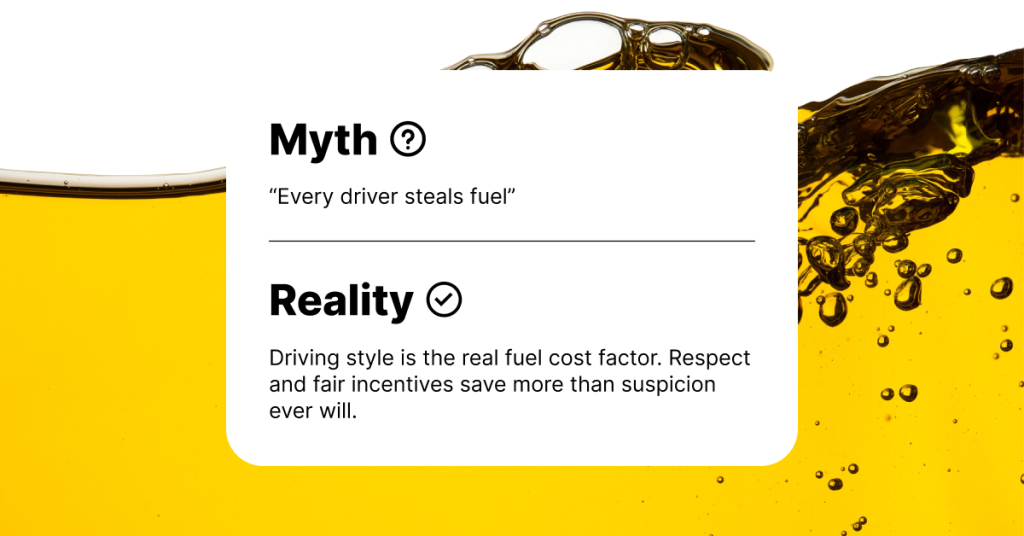
Myth 1: All drivers steal fuel
For many fleet owners, fuel theft feels like a constant threat. It’s an easy assumption to hold: fuel seemingly disappears, costs rise, and someone must be blamed. The suspicion often falls on drivers.
But reality is more nuanced. Most drivers don’t steal fuel at all.
The real culprit behind high fuel expenses is… driving itself.
Speeding, long idling, sharp acceleration or braking all increase consumption. In fact, two drivers behind the wheel of the same truck, on the same route, can end up with very different results.
One of our clients has witnessed it himself – they had a driver who had a low driver behaviour rating. It turned out he was driving a truck like a light vehicle. The managers coached the driver and achieved €300 in monthly savings.
Relying on suspicion alone damages trust. A company may invest in sensors and alarms to catch theft, yet still see costs spiral. Why? Because the real problem – inefficient driving – hasn’t been addressed.
Another client saw the transformation first-hand: a driver who had been suspected of taking €100 of fuel each month turned into one of the company’s most efficient employees. Instead of punishment, he was offered a €100 monthly bonus for economical driving. His behaviour changed, saving the company hundreds of euros monthly. The driver was happy, the company saved money, and the “fuel theft” problem disappeared.
How Mapon can help save fuel: fuel management and driver behaviour tools don’t just monitor, they enable companies to build incentive programs. When drivers know they’re rewarded for efficiency, they’re motivated to improve.
Both drivers and managers can see an automatic driving-style assessment generated by the GPS device from real driving data. Managers can open a report to see how much fuel a specific vehicle or driver has consumed over a given period and use this information to encourage more efficient driving.
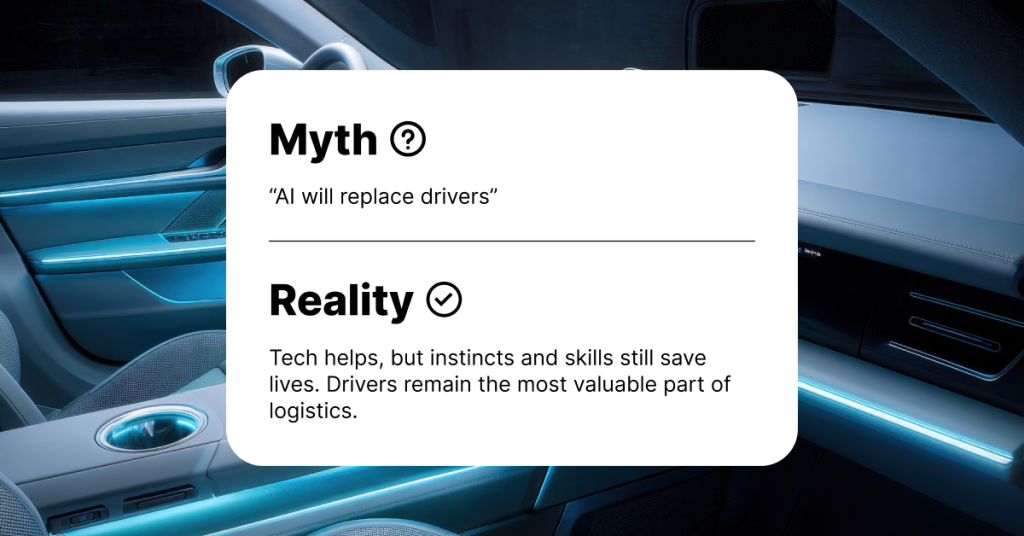
Myth 2: AI will replace drivers
Autonomous systems and AI-based solutions are advancing quickly, and it’s tempting to believe drivers will soon be out of the picture. But talk to anyone who’s been in logistics long enough and you’ll hear the same truth: drivers remain irreplaceable.
Technology can react in milliseconds, but it cannot anticipate like a human. Our chief of technicians recalls a story from Sweden where a truck’s advanced safety system stopped in time to avoid hitting children who ran across the road. But the real reason the outcome was safe? The driver had already noticed the school bus nearby, lifted his foot off the accelerator, and hovered over the brake. His instincts and anticipation gave the system the extra margin it needed.
Would the truck have stopped without that? No one knows – and no one would want to test it.
This myth is dangerous because it undervalues drivers. Companies that talk about replacing drivers risk scaring away the very people they need most. Recruiting and retaining skilled professionals is already difficult. Suggesting they’ll be replaced makes it worse.
How Mapon can help boost the driver’s role: Advanced Driver Assistance Systems (ADAS) and driver monitoring tools support drivers, but they don’t replace them. They help reduce risks and provide peace of mind, while the human behind the wheel stays in control.
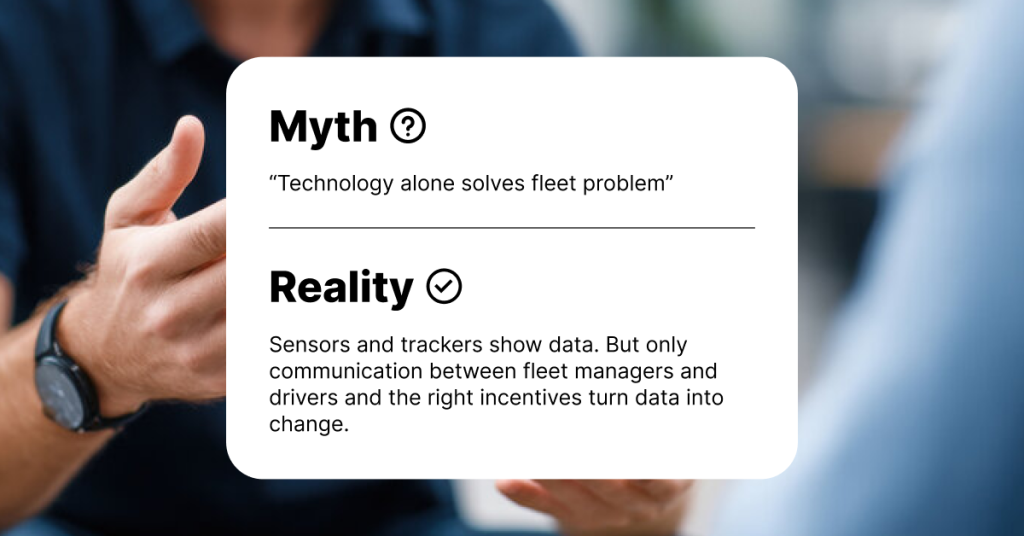
Myth 3: Technology alone solves fleet problems
Installing some new devices feels like progress. But too often, companies expect technology to “fix” everything on its own. The hard truth is that data doesn’t change behaviour. People do.
One Mapon client had access to temperature monitoring in refrigerated trailers. When shipments were damaged because drivers left trailer doors open too long, the system clearly showed the problem. Yet the company hesitated to act, fearing that stricter rules would upset drivers. The result? More spoiled cargo. Only after they introduced a clear policy – if temperature limits are exceeded, there will be consequences – did compliance improve.
The lesson is simple: sensors, trackers, and reports only help when they’re used to start conversations and set expectations. Without communication and clear incentives, they remain underutilised.
Mapon’s role: Custom dashboards, detailed reports, and data that can be used for incentive programs help managers turn raw data into action. We don’t just provide numbers; we give companies the means to act on them.
What successful fleet management really looks like
These and other myths distract companies from what’s already possible. Many still believe stress-free, efficient operations are years away, but with the right tools and approach, it’s already here.
Mapon clients can already:
- Check key fleet metrics in seconds, not hours.
- Share one reliable system across accounting, maintenance, and dispatch.
- Turn driver behaviour insights into incentive programs that cut fuel use and keep drivers motivated.
- Use real-time temperature and video monitoring to prevent cargo losses.
- Plan routes and daily tasks based on live data instead of guesswork.
This isn’t a distant future. It’s what happens now, when technology is paired with clear rules, good communication, and trust.
Myths stick around because they’re easy to believe. But they also cost companies money and damage trust with drivers. Reality-based fleet management works best when it balances technology with people. That’s how companies save fuel, protect cargo, and keep their drivers on the road.
Want to see how Mapon can help you run a smarter, more efficient fleet? Get in touch with us today.


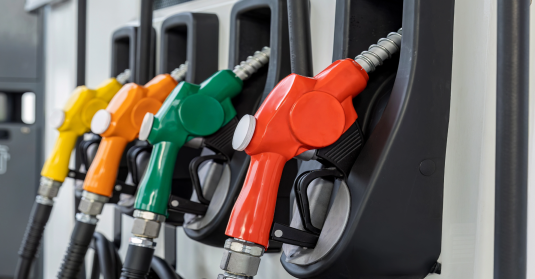




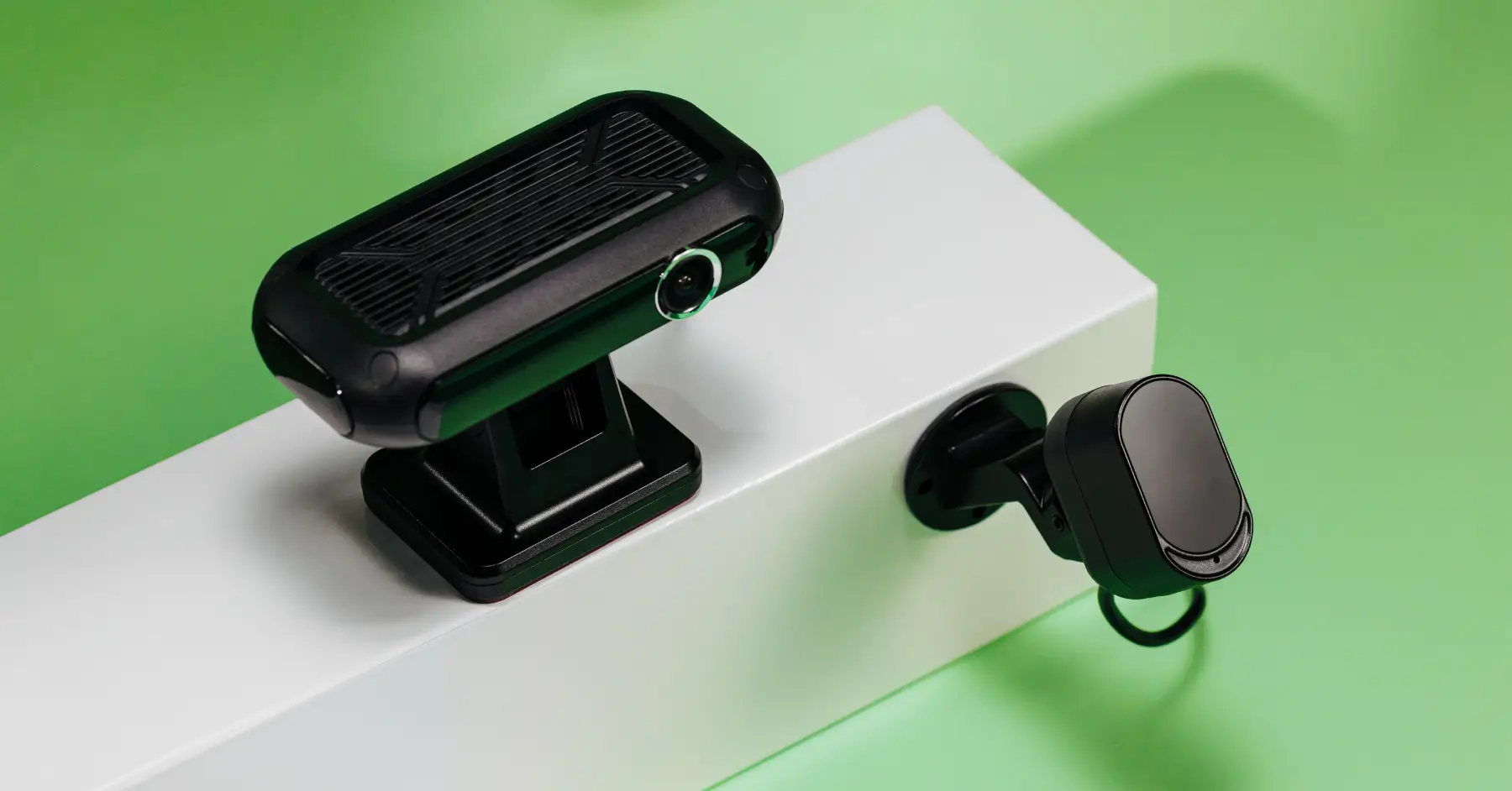

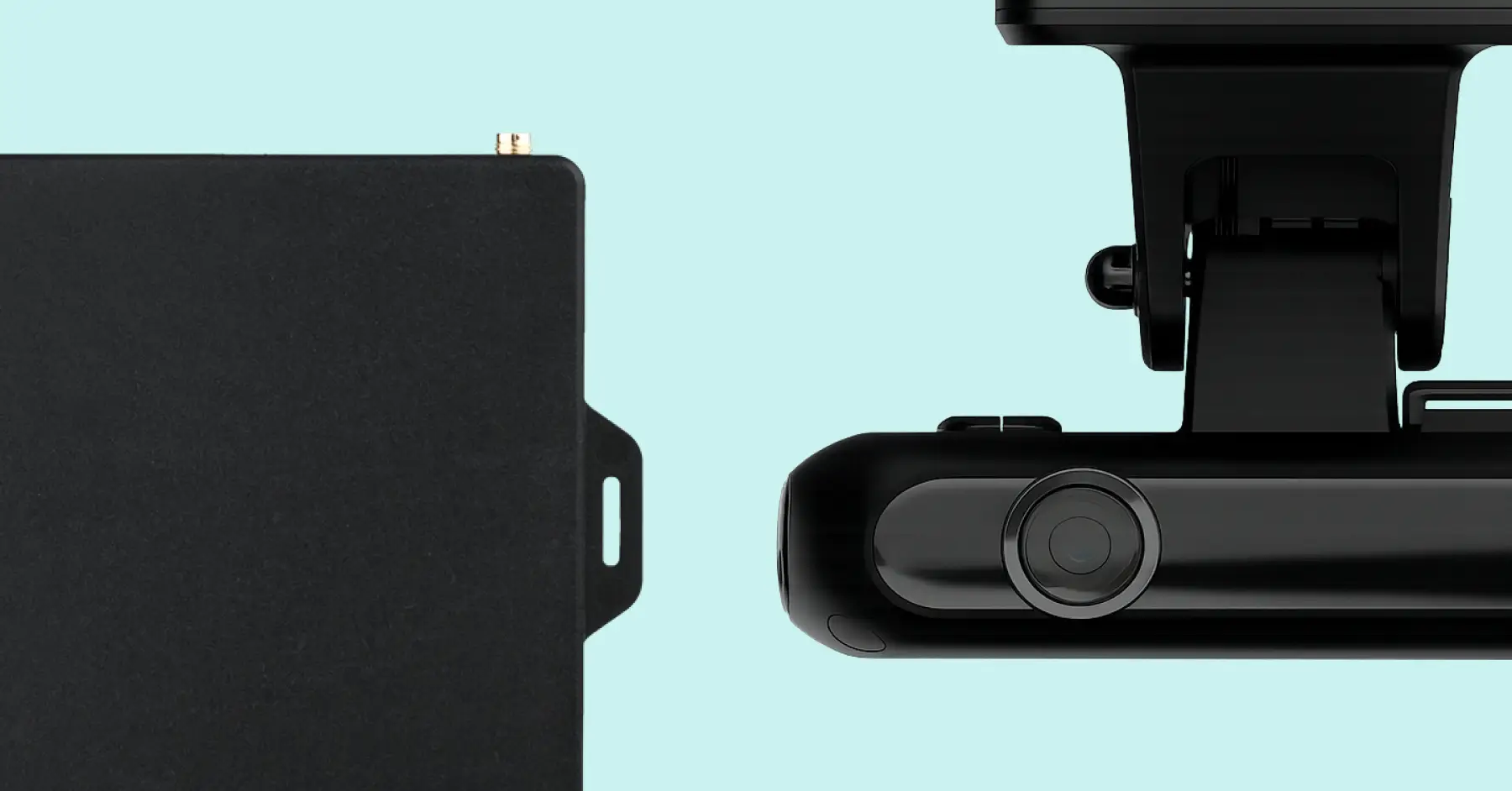
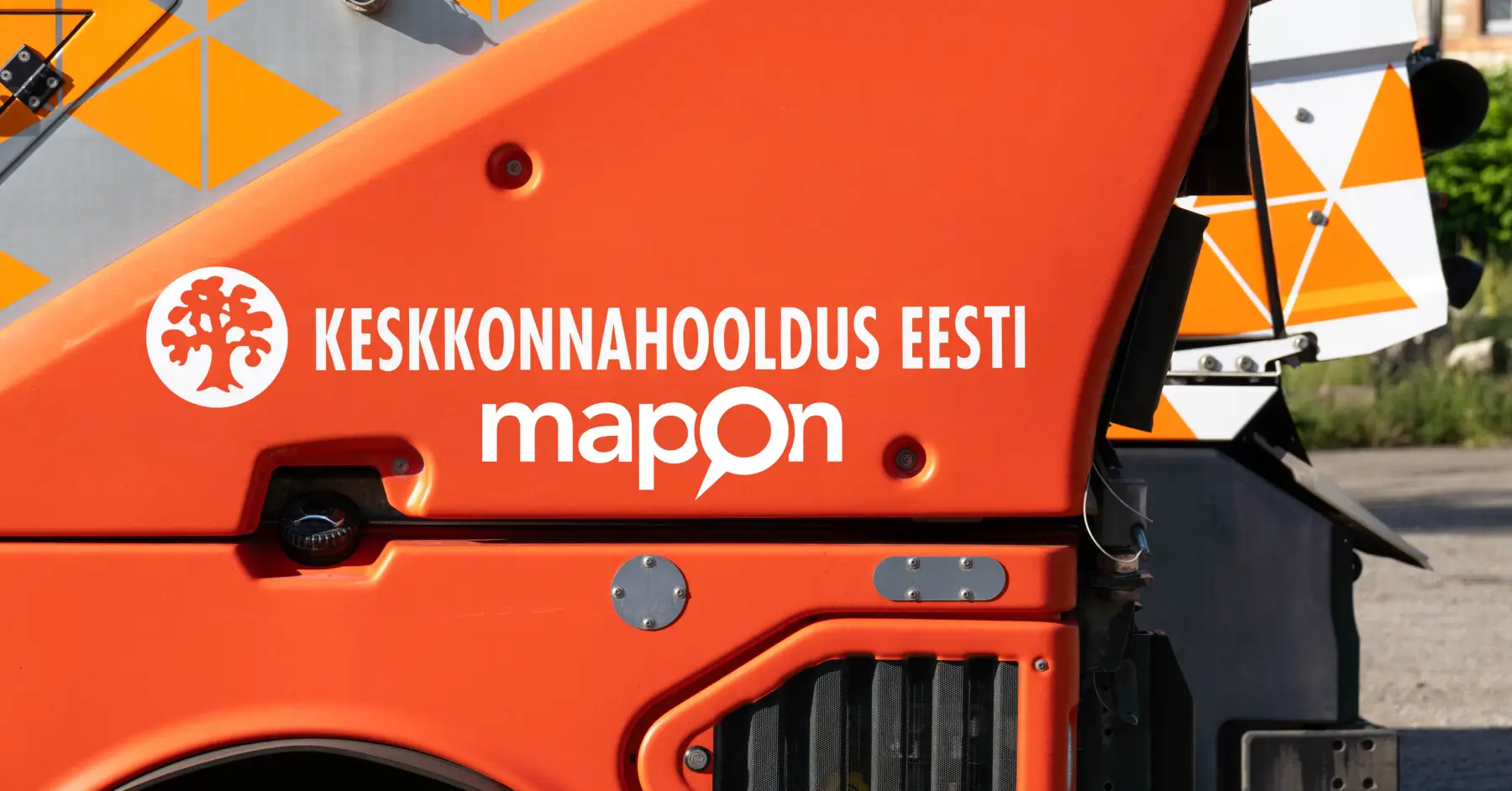
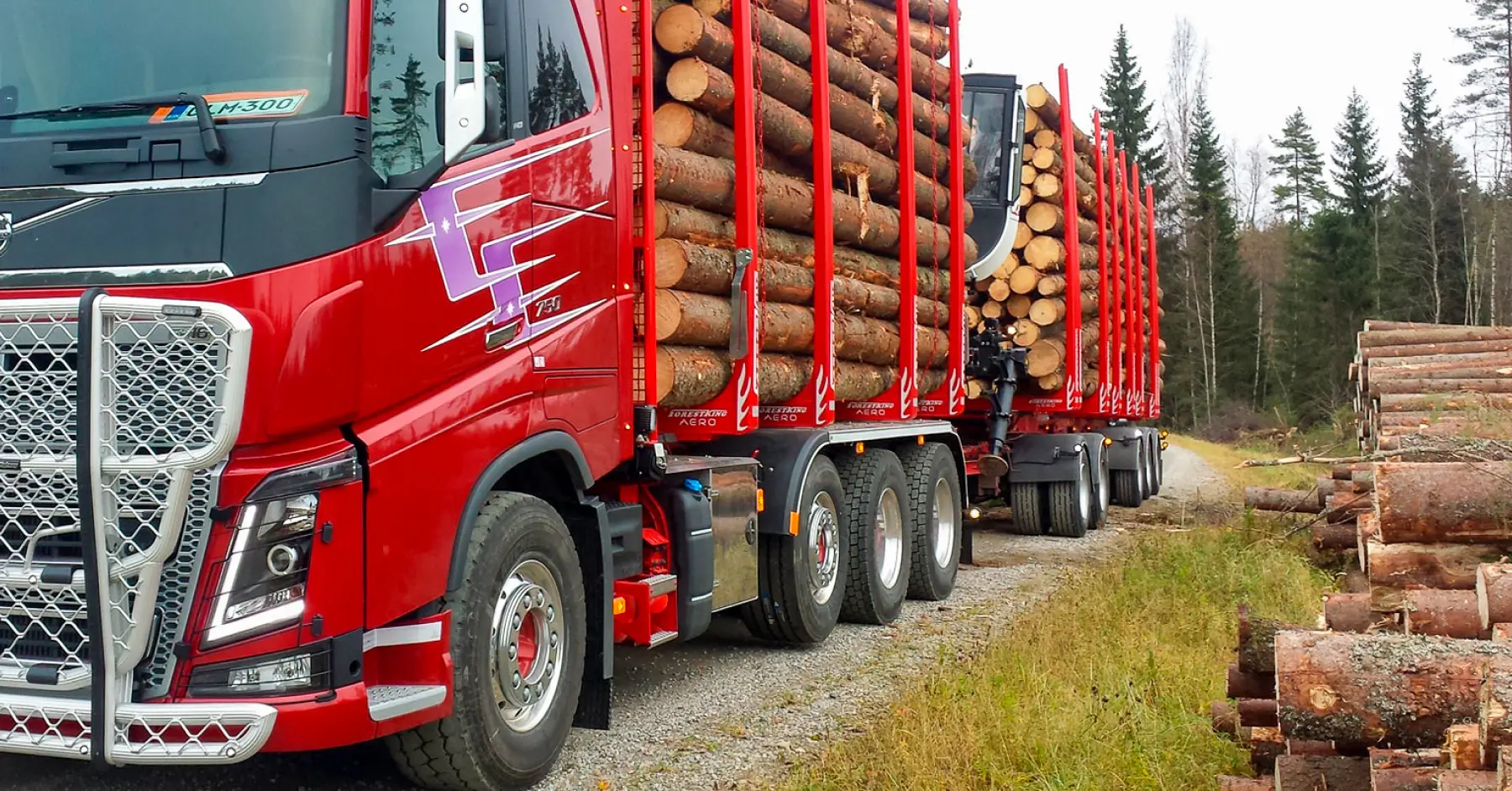




 Back to all posts
Back to all posts

